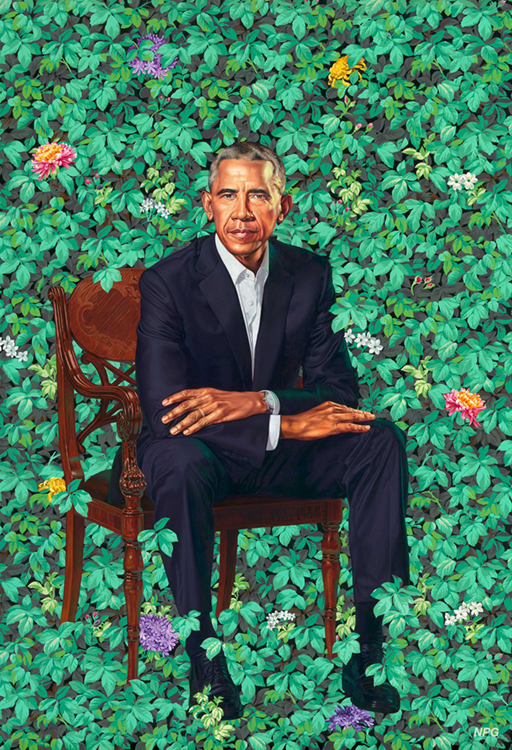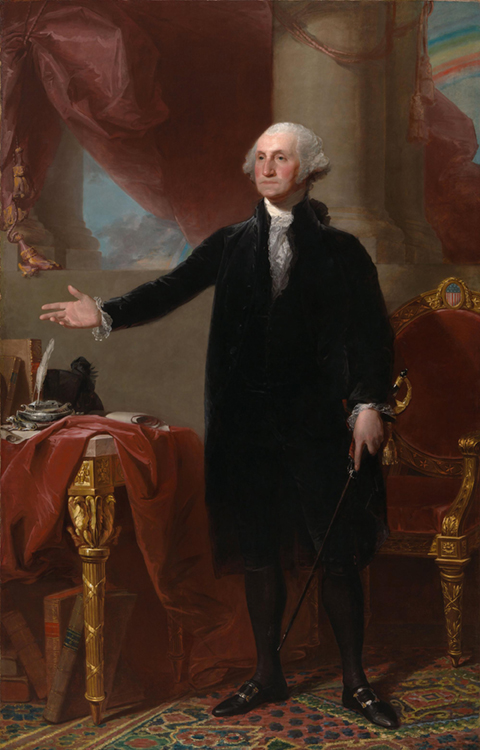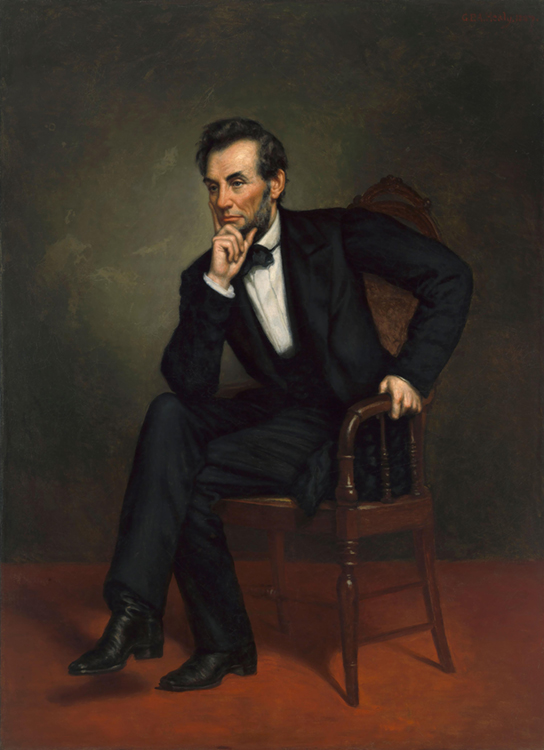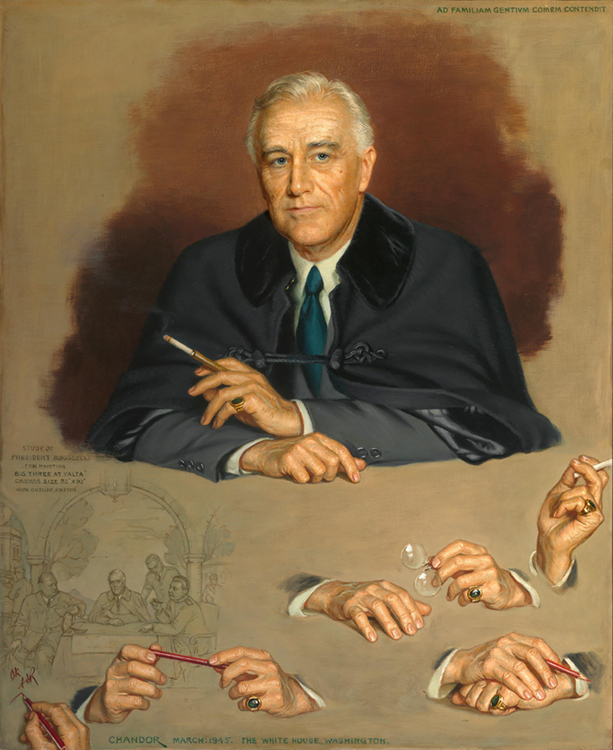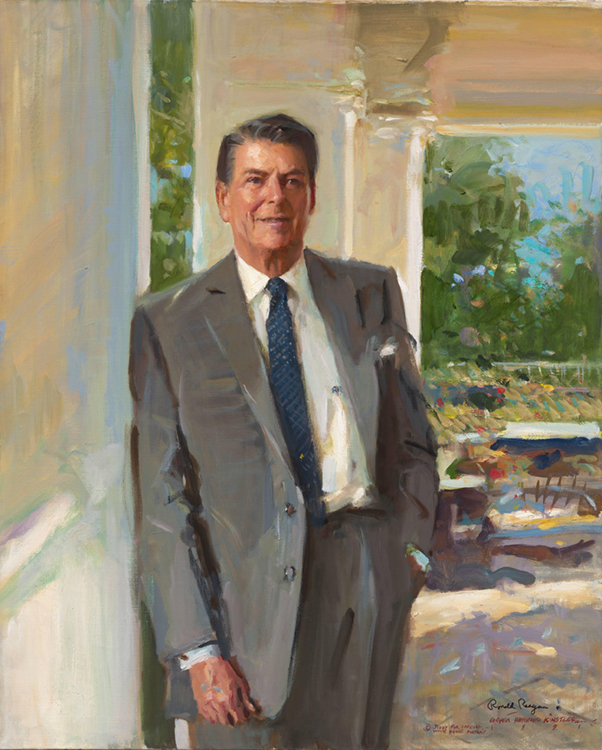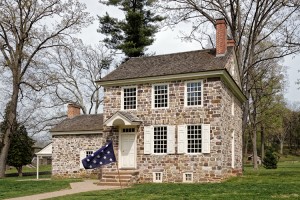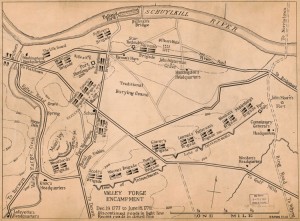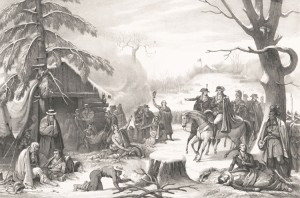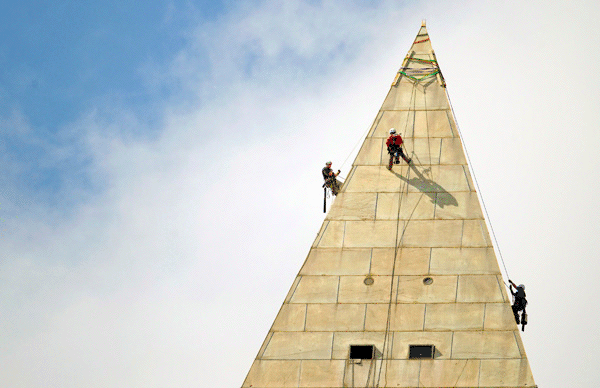Presidents’ Day
Monday, February 18th, 2019February 18, 2019
Today, February 18, is Presidents’ Day in the United States. The annual holiday honors the nation’s presidents, especially George Washington and Abraham Lincoln. It is celebrated on the third Monday in February. The birthdays of Washington and Lincoln fall near the holiday. Washington, the nation’s first president, was born on Feb. 22, 1732. Lincoln, who served as president during the American Civil War (1861-1865), was born on Feb. 12, 1809. Ironically, because the holiday is on the third Monday of the month, it can never fall precisely on February 12 or February 22.
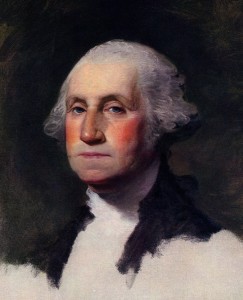
George Washington was born on Feb. 22, 1732, and served as the first president of the United States. Credit: Oil painting on canvas (1796) by Gilbert Stuart; © World History Archive/Alamy Images
A federal holiday called Washington’s Birthday also occurs on the third Monday in February. It became a legal public holiday in 1971. Later, many states adopted Presidents’ Day instead, to honor not only Washington, but other presidents as well, especially Lincoln. Presidents’ Day is sometimes called Washington-Lincoln Day. Banks, government offices, libraries, and schools close on the holiday, but most private businesses remain open.
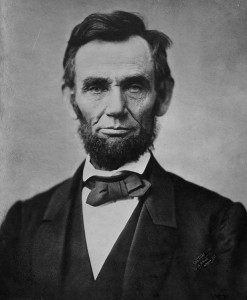
Abraham Lincoln, the 16th president of the United States, was born on Feb. 12, 1809. Credit: Library of Congress
In the late 1870′s, Arkansas Senator Stephen Wallace Dorsey suggested adding Washington’s birth date to the four bank holidays previously approved in 1870. Signed into law on Jan. 31, 1879, by President Rutherford B. Hayes, the law was implemented in 1880 and applied only to District of Columbia federal workers. Washington’s Birthday was the first federal holiday to single out an individual’s birth date. (In 1986, the birthday of Martin Luther King, Jr., became a holiday celebrated on the third Monday in January.)
In 1968 Congress passed the Uniform Monday Holiday Bill which moved a number of federal holidays to Mondays. With the implementation of the new federal law in 1971, Washington’s Birthday became a national holiday celebrated on the third Monday in February.

